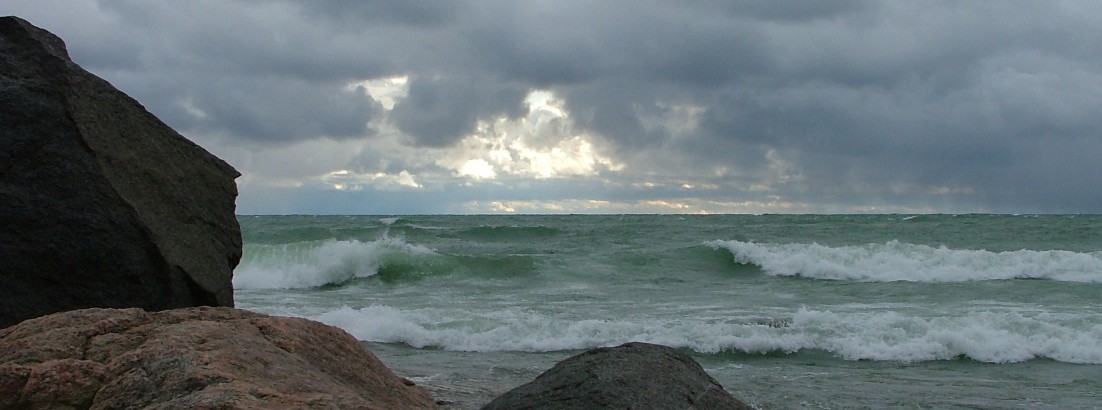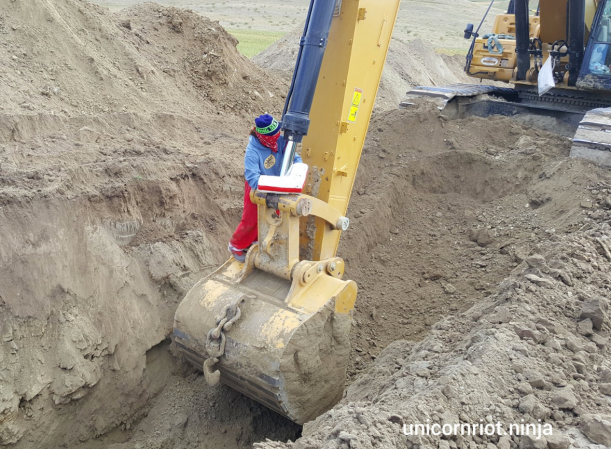In Saskatchewan’s second major oil spill, crews are still trying to identify where the rupture occurred in a tangle of pipelines from the Alberta tar sands that cross this land. Oil Pipeline Spills 53,000 Gallons on First Nations Land.

Tar sands, Alberta, Canada
Meanwhile, in Washington DC President Trump has just re-opened the door to the infamous Keystone XL pipeline, which his predecessor had temporarily blocked. The new president also promised to accelerate construction of bitterly fought Dakota Access Pipeline.
In Ottawa, the Liberal government recently rubber-stamped two dangerously invasive pipelines in Canada: Kinder Morgan’s line to the Pacific coast and Enbridge’s expansion of Line 3 to the U.S. midwest.
Prime Minister Trudeau also welcomed the Keystone decision. “I’ve been on the record for many years supporting it,” he said in Calgary. “We know we can get our resources to market more safely and responsibly while meeting our climate-change goals.”
Soon the world’s dirtiest oil will flow more abundantly than ever from the Alberta tar sands.
We are told by the oil cabal, its collaborators in government and big media that Canadians need it. But notice where it’s going: to the Pacific Ocean and to the USA, in both cases for sale far, far away. It will leave behind: mountains of broken promises to First Nations and the rest of us, a moonscape in northern Alberta, toxic spills and explosions along the routes, and countless tons of life-destroying greenhouse gas. Hidden somewhere in there, we are told, is a fair bargain.
In Alberta, Premier Rachel Notley welcomed all three pipelines. At the same time, her NDP government reneged on a promise to charge oil companies higher provincial royalties for the oil they plunder. “It is not the time to reach out and make a big money grab,” she told reporters, “because that is just not going to help Albertans.”
Ah. But then soon after and with no apparent shame Notley said, “We’re at the point now where the Alberta economy needs to be enjoying the benefits of a higher return for our oil and gas… That is definitely something that will happen as a result of the Keystone.”
With Liberals and social democrats like these running things, who needs a Trump?
Across Canada, the US and planet earth, our only home, the battle goes on.




